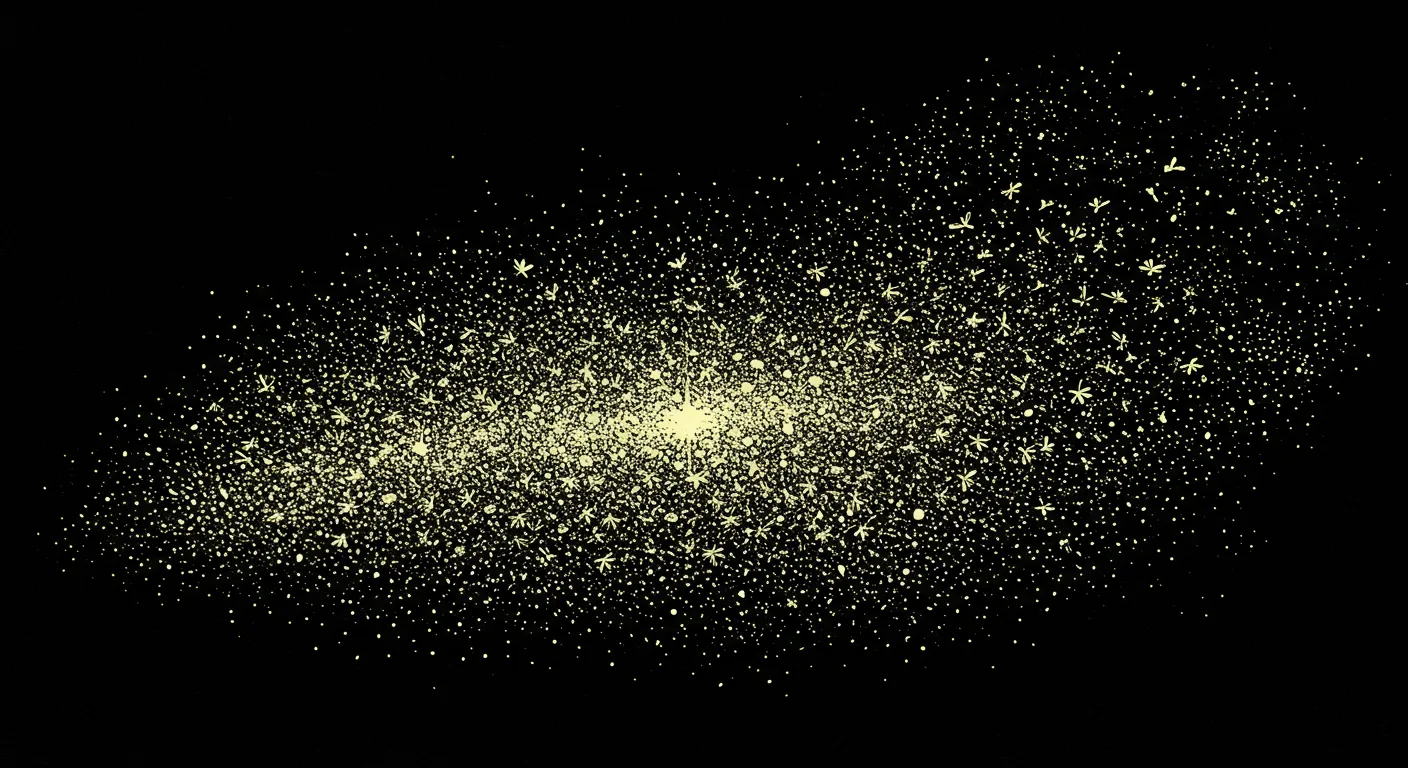In the vast Australian desert, a new environmental challenge is emerging: satellite pollution. Online commentators are wrestling with the growing impact of satellite constellations like Starlink, which are fundamentally altering our view of the night sky.
Astrophotography has become increasingly challenging, with photographers noting that what once required a simple 20-second exposure now demands complex multi-image processing to remove satellite trails. The proliferation of satellites is not just an aesthetic issue, but a technical and scientific problem that impacts astronomical research.
The conversation extends beyond visual pollution. Some online commentators have proposed creative solutions, from painting satellites black to launching "anti-satellite" satellites to manage orbital clutter. SpaceX has already begun collaborating with astronomical observatories to reduce satellite brightness, showing some proactive response to these concerns.
The debate highlights a broader tension between technological progress and environmental preservation. Internet connectivity for remote areas is being weighed against the potential degradation of night sky visibility and scientific observation capabilities.
While some argue that global communication infrastructure is too valuable to abandon, others worry about the long-term consequences of turning near-Earth orbit into a crowded, luminous highway of technology.


